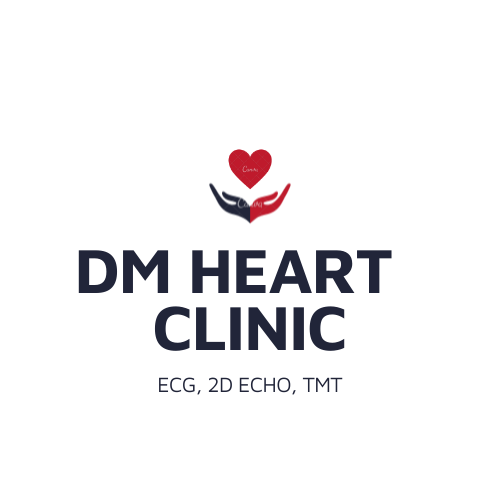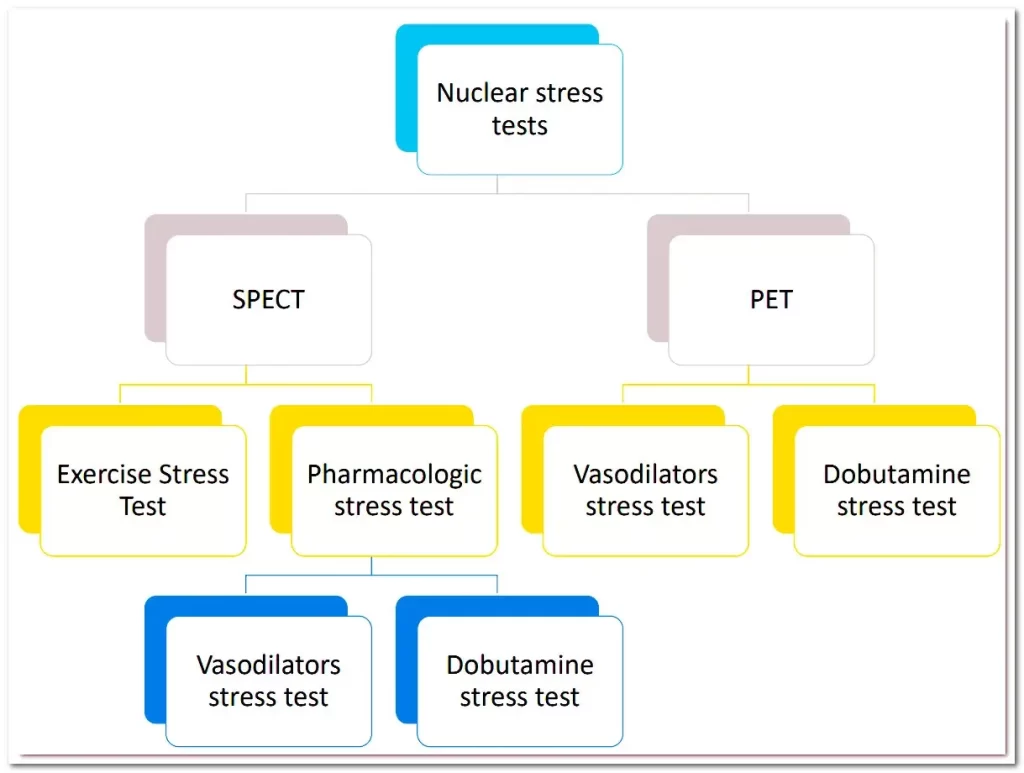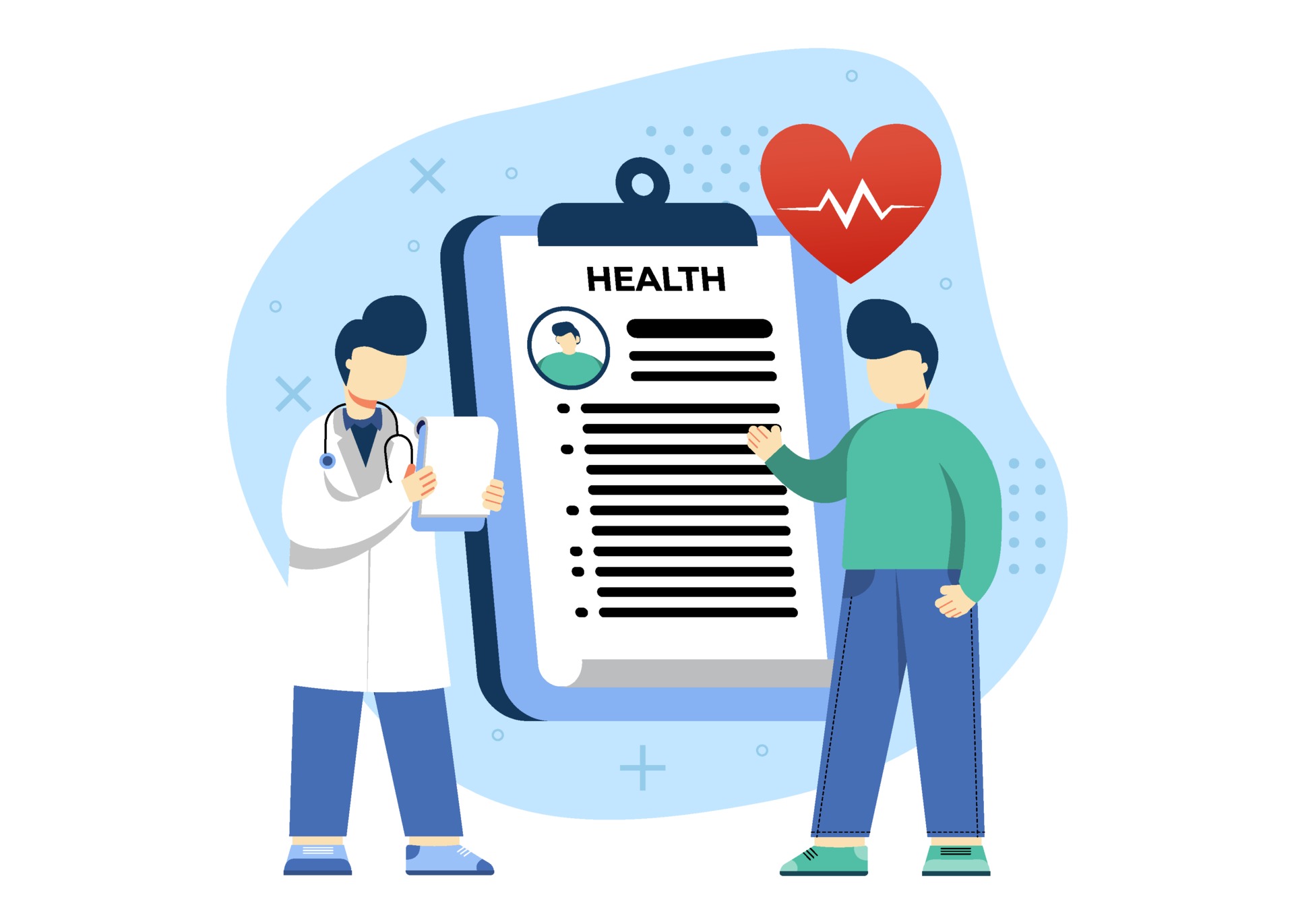The chemical structure of Lipoprotein (a) is homologous to that of the LDL particle. LDL mainly contains apo B100. The major structural difference is that, in addition to apo B, Lipoprotein (a) has a second protein, apolipoprotein (a), bound to apo B100. Apolipoprotein (a) is markedly similar to plasminogen, one of the proteins of the fibrinolytic system. This homology interferes with normal clotting mechanisms and can cause increased clotting, leading to rapidly formed blockages in blood vessels.
Lipoprotein (a) is synthesized in the liver, and its plasma concentration ranges from < 1 mg to > 1,000 mg/dL.
Normal Range
Lp(a) levels are normally less than 30 mg/dl. Sex and age have little influence on Lipoprotein (a) levels.
Diseases associated with high Lp(a)
Lipoprotein (a) levels over 30 mg/dL are associated with a two-fold risk of developing coronary artery disease, brain stroke, and heart failure. It causes a heart attacks in young patients.
How to reduce lipoprotein (a) levels?
Because genetic factors largely determine Lp(a) levels, these are unlikely to change over a person’s lifetime. As a result, there are currently no specific treatments for doing so.
Statins or fibrates
Traditional lipid-lowering therapies, such as statins or fibrates, do not consistently result in a reduction in Lp(a) concentrations.
PCSK9 Inhibitors
Medications that inhibit PCSK9 may lower Lipoprotein (a) levels, but more research is needed to confirm this.
Lipoprotein apheresis
Lipoprotein apheresis is a dialysis-like procedure. A machine separates cholesterol from blood plasma, removing Lipoprotein (a) and LDL cholesterol.
People will need weekly or biweekly procedures to keep the cholesterol out of their blood.
Natural way
Meanwhile, people can concentrate on lowering controllable risk factors for cardiovascular disease. Lowering LDL cholesterol levels may be especially beneficial.
Limit your intake of cholesterol-containing foods: If you are trying to lower your cholesterol, you should consume no more than 200 mg of cholesterol per day. Foods containing cholesterol include liver and other organ meats, egg yolks, shrimp, and whole milk dairy products.
Consume plenty of soluble fiber: Among these foods are whole-grain cereals, fruits, and legumes.
Consume plenty of fruits and vegetables.
Consume omega-3 fatty acid-rich fish: Fish consumption is an excellent way to reduce bad cholesterol.
Limit your salt intake. You should try to keep your sodium (salt) intake to no more than 2,300 milligrams (about one teaspoon of salt) per day.
Consume alcohol in moderation.











